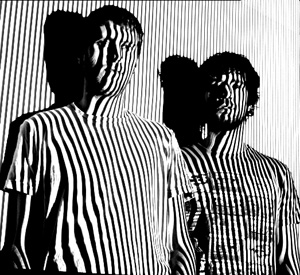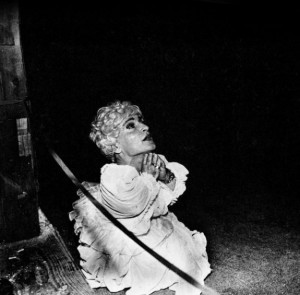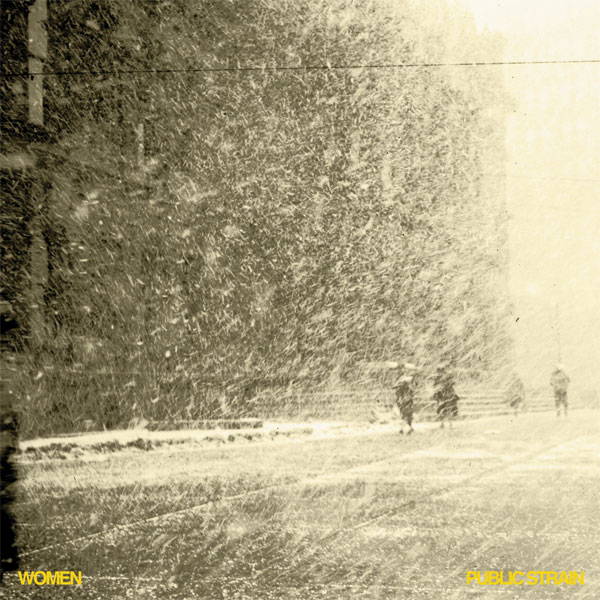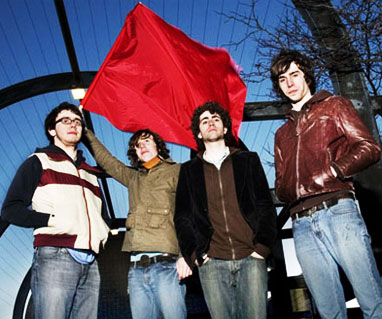Music has the ability to take on a character of its own and often the musicians that are creating it feel that they are a different person while in the studio. This much is quite true for hip-hop producer RJD2 whose instrumental album “We Are the Doorways” was released under the moniker The Insane Warrior.
According to an entry on his blog he wants us to think of The Insane Warrior as “a completely different dude”. He even goes as far as imagining that he wanted, at one point, to create different names for the artists that are responsible for creating all of the material that he himself is releasing. This makes sense; if an album is written, performed and produced all by the same guy, but the music changes wildly from one album to the next why not change the name of the artist accordingly? The binding element is that they will all be released, as “We Are the Doorways” is, as an RJD2 production. Similar to how Kevin Drew and Co. have released solo albums in association with Broken Social Scene. This could be a great gambit for getting consumers to become fans of a certain “brand” of music while allowing performers and producers to indulge their every whim of creativity. But I digress.
“We Are the Doorways” is a keyboard driven instrumental album with improvisatory, jazz inflicted breaks contained within a usually steady dance groove that serves as the foundation. The lead synth sounds are thick and fat with a crunch that is reminiscent of something from 1980’s television like Knight Rider, especially on the track “Within the Maze”. The character of much of the music holds equal footing in kitschy 80’s vintage and ultra-modern jazz/prog-rock fusion with a lot of energy. There are spots that border on the chugging motorik rhythm of krautrock as well, but there is more of a looseness in the compositions than krautrock would normally allow.
There is a lot of sonic ground covered in the course of the album. This only seems appropriate considering his desire to create enough differing music to substantiate a name change for each release. It is exciting to hear from an artist that is a prolific musician with a need for incessant creation. The album just sounds good. There is space in the mix, and nothing is ever crowded or overbearing. The drum sound is clean and dry with no reverb that I can detect on anything. This flies in the face of most records coming out today. I think that it is this dry sound that keeps the synth sounds from being cheesy or over-saturated with some sort of sentimental emotion. The dry sound has the extra added effect of tightening up the sound, giving it a more mechanical feel but still maintaining a looseness in the music, much like a jazz ensemble. The Insane Warrior is both tight and loose in all the right places.
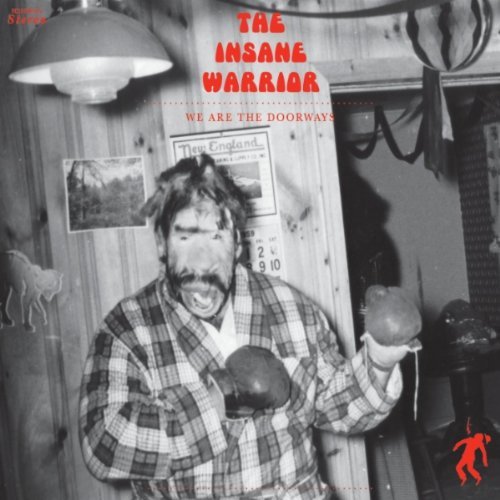
Despite the change in sounds from track to track RJD2…errr The Insane Warrior does not usually mess with the structure of the songs. They are usually in a sort of Verse/Chorus/Verse setting. Stagnation can be more noticeable without lyrics to fall back on, and rather than have a constant solo he chooses to vary the “Verses” slightly and places some interesting diversional sections in between familiar material and never goes on too long. It seems as though he is aware of the limitations of instrumental music in that regard.
Tracks like “Black Nectar” and the aforementioned “Within the Maze” are studies in contrast in and of themselves. “Black Nectar” begins with a recurring ostinato over which a jazz flute solo appears. The flute only makes a brief showing in this one track, thankfully. Following the forgivingly brief flute solo is a spacey, amorphous section whose dark tone contrasts sharply with the majority of the album; it sounds like something that could have appeared on the Blade Runner soundtrack. Meanwhile “Saint Ignatius Belsse” features calimba, glockenspiel and vibraphone in a thin texture that makes the music seemingly float on air. As soon as the drums kick in the piece begins to swing like Milt Jackson’s Modern Jazz Quartet.
There is no better way to describe “The Mountain” than to say that it sports a raunchy 70’s porn groove before zooming into a slick guitar lead. The guitar here, used sparingly on the album, adds another interesting timbre to the increasingly complex sonic landscape being created across the album. The guitar tone and style sounds like “Three Friends” era Gentle Giant with a combination of the crunchy synth. The album, at first listen, reminds me to a certain extent of the work of Squarepusher with the fast paced virtuosic bass playing replaced with the soundworld of the late 70’s and early 80’s krautrock and prog of Triumvirat and Gentle Giant combined with the improvisatory nature of more recent act The New Deal.
The Insane Warrior’s “We Are the Doorways” is an ever changing, synth heavy, instrumental surge of energy with a virtuosic zeal that seems to hop gleefully from one genre to the next while maintaining a truly unique sound all its own.
[audio:http://quartertonality.com/wp-content/uploads/2011/02/02-The-Water-Wheel.mp3|titles=The Water Wheel]

